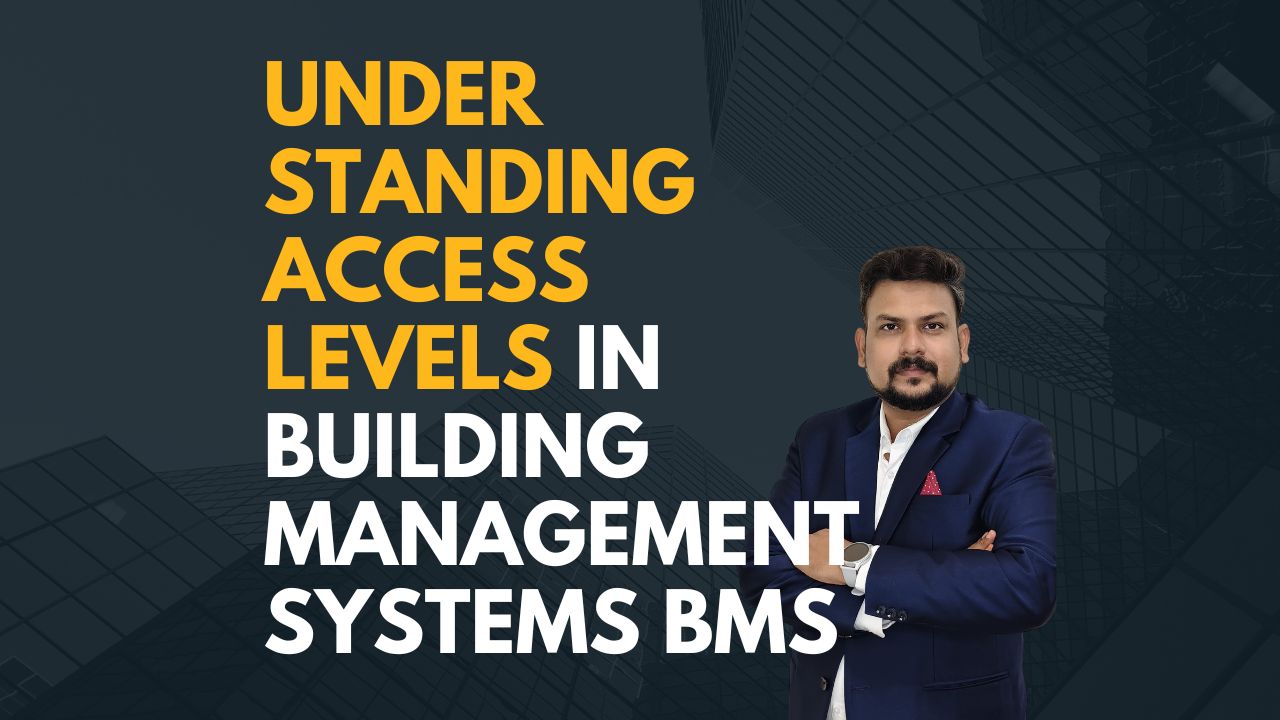Why Most BMS Projects Overrun Budget and Time Without This One Step
.jpg)
October 23, 2025
Why Most BMS Projects Overrun Budget and Time Without This One Step
Building Management System (BMS) projects promise efficiency, automation, and smarter building operations. Yet the reality is that many of these projects exceed budgets and miss deadlines. The surprising truth? Most of these overruns happen because of one critical missing
Comprehensive Integration Planning.
Without it, even the most advanced BMS hardware and software can cause delays and cost overruns.
Why Integration Planning Matters
A BMS doesn’t work in isolation — it must integrate with HVAC, lighting, fire safety, security, and energy systems. Legacy systems, multiple vendor solutions, and complex workflows make integration a major challenge. If this isn’t planned thoroughly at the start, problems multiply later.
Common integration pitfalls include:
- Misaligned vendor schedules
- Compatibility issues between new and existing systems
- Unclear data flow and communication protocols
- Overlooked system dependencies that cause scope creep
The Impact on Budget and Time
When integration isn’t planned:
- Costs balloon due to last-minute changes and additional hardware or software requirements.
- Timelines slip because troubleshooting and redesign take longer than anticipated.
- Operational disruptions occur during retrofits or system upgrades.
The One Step That Changes Everything
The missing step is a BMS Integration Blueprint — a comprehensive plan that defines:
- Which systems must integrate
- Communication protocols and data exchange formats
- Hardware and software compatibility
- Project timelines and milestones for integration testing
This blueprint transforms a reactive project into a proactive one, cutting down delays and cost overruns dramatically.
.jpg)
.jpg)

December 5, 2025
.jpg)
November 27, 2025
.jpg)
.jpg)
.jpg)
.jpg)
.jpg)
November 21, 2025
.jpg)
November 21, 2025
.jpg)
November 21, 2025
.jpg)
November 21, 2025
.jpg)
November 21, 2025
.jpg)
November 21, 2025
.jpg)
November 21, 2025
.jpg)
November 21, 2025
.jpg)
November 21, 2025
.jpg)
November 21, 2025
.jpg)
November 20, 2025
.jpg)
November 20, 2025
.jpg)
November 20, 2025
.jpg)
November 20, 2025
.jpg)
November 20, 2025
.jpg)
November 20, 2025
.jpg)
November 20, 2025
.jpg)
November 20, 2025
.jpg)
November 20, 2025
.jpg)
November 20, 2025
.jpg)
November 20, 2025
.jpg)
November 20, 2025

November 20, 2025

November 19, 2025



November 19, 2025

November 19, 2025

November 19, 2025

November 19, 2025

November 18, 2025

November 18, 2025





November 18, 2025

November 18, 2025


November 17, 2025


.jpg)
November 17, 2025
.jpg)
November 17, 2025
.jpg)
November 17, 2025
.jpg)
November 17, 2025
.jpg)
November 17, 2025
.jpg)
November 15, 2025
.jpg)
November 15, 2025
.jpg)
November 15, 2025
.jpg)
November 15, 2025
.jpg)
November 15, 2025
.jpg)
November 15, 2025
.jpg)
November 15, 2025
.jpg)
November 15, 2025
.jpg)
November 15, 2025
.jpg)
November 15, 2025
.jpg)
November 15, 2025
.jpg)
November 15, 2025
.jpg)
November 15, 2025
.jpg)
November 15, 2025
.jpg)
November 15, 2025
.jpg)
November 15, 2025
.jpg)
November 15, 2025
.jpg)
November 15, 2025
.jpg)
November 15, 2025
.jpg)
November 15, 2025
.jpg)
November 15, 2025
.jpg)
November 15, 2025
.jpg)
November 15, 2025
.jpg)
.jpg)
.jpg)
November 8, 2025
.jpg)
November 5, 2025
.jpg)
November 4, 2025
.jpg)
.jpg)
November 2, 2025
.jpg)
November 1, 2025
.jpg)
October 31, 2025
.jpg)
October 30, 2025
.jpg)
October 28, 2025
.jpg)
October 28, 2025
.jpg)
.jpg)
October 28, 2025
.jpg)
October 25, 2025
.jpg)
October 24, 2025
.jpg)
October 23, 2025
.jpg)
.jpg)
October 17, 2025
.jpg)
October 16, 2025
.jpg)
October 15, 2025
.jpg)
October 16, 2025
.jpg)
October 10, 2025
.jpg)
October 6, 2025
.jpg)
September 29, 2025
.jpg)
September 26, 2025
.jpg)
September 23, 2025
.png)
.jpg)
September 3, 2025

September 2, 2025
.jpg)
September 1, 2025
.jpg)
September 1, 2025
.jpg)
September 1, 2025
.png)
.png)
September 1, 2025

September 1, 2025
.png)
September 1, 2025
.png)
.png)
September 1, 2025
.png)
September 1, 2025

September 1, 2025
.png)
September 1, 2025

September 1, 2025

September 1, 2025

September 1, 2025

September 1, 2025
.png)
September 1, 2025

September 1, 2025
.png)
September 1, 2025
.jpg)
September 1, 2025
.jpg)
September 1, 2025
.jpg)
September 1, 2025
.jpg)
September 1, 2025

September 1, 2025
.jpg)

September 1, 2025

September 20, 2024

September 13, 2024

September 5, 2024

August 31, 2024

August 28, 2024



May 14, 2024

.jpg)
.jpg)











.jpg)
.jpg)
.jpg)
.jpg)
.jpg)
.png)

.jpg)


